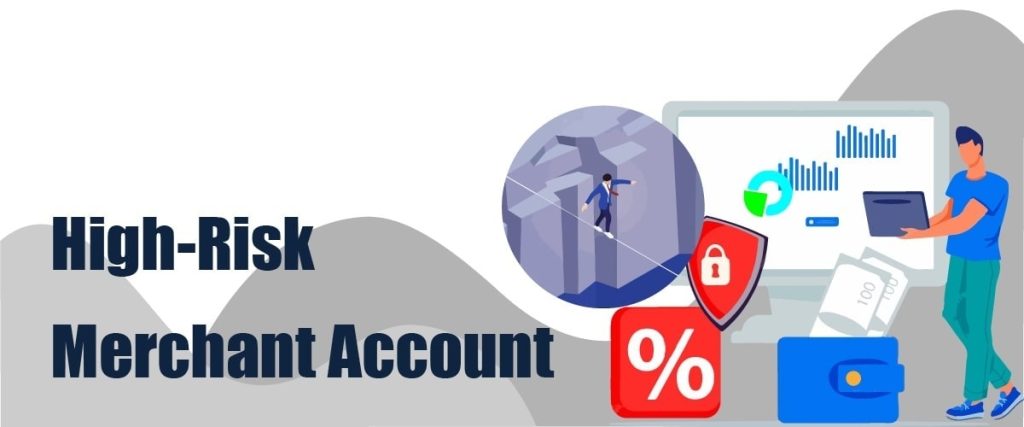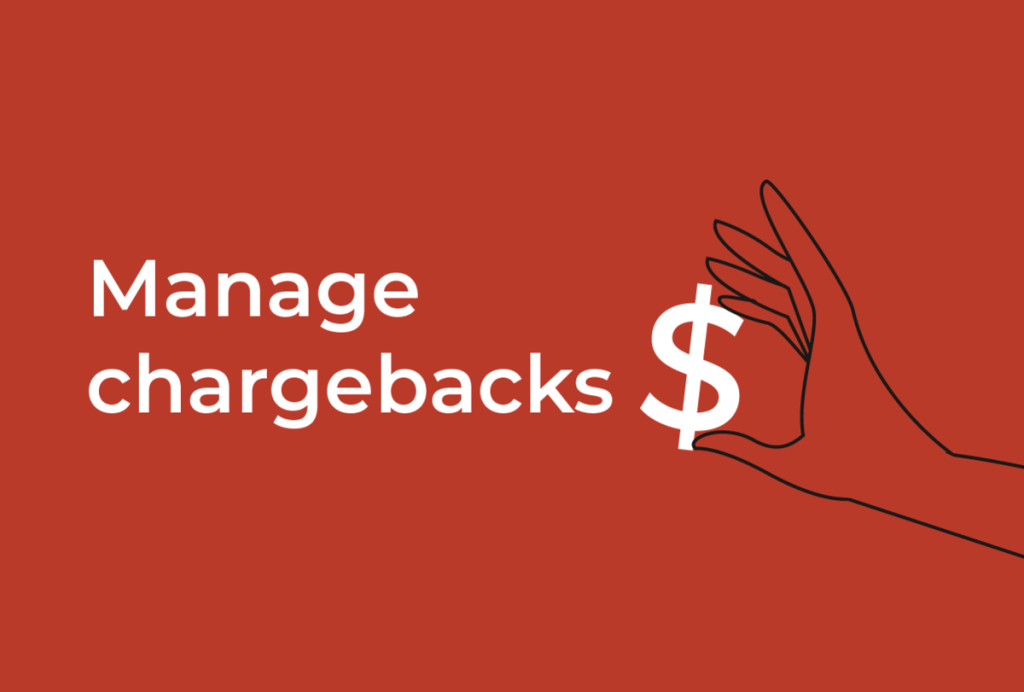Chargebacks are a critical issue for high-risk merchants, impacting revenue and relationships with payment processors. Managing and preventing chargebacks is crucial for merchants in industries such as online gambling, e-commerce, and travel, where disputes are more common. This guide outlines proven strategies and tools for high-risk merchants to handle chargebacks efficiently, based on data from VISA, Mastercard, and other authoritative payment processors.
What Makes a Merchant High-Risk?
High-risk merchants are identified based on their chargeback frequency and the nature of their business. Key factors that lead to this classification include:
- Industry: Certain sectors like adult entertainment, travel, pharmaceuticals, and gaming experience higher chargeback rates due to the nature of transactions or product complexity.
- Chargeback Ratio: Merchants with a chargeback ratio above 1% are generally considered high-risk by processors like VISA and Mastercard.
- Sales Volume: Businesses with large transactions are more vulnerable to disputes, increasing their risk profile.
Table 1: Chargeback Ratios for High-Risk Industries
| Industry | Average Chargeback Ratio (%) | Threshold for High-Risk (%) |
|---|---|---|
| Online Gaming | 2.5 | 1.0 |
| Adult Entertainment | 3.0 | 1.0 |
| Travel & Hospitality | 2.0 | 1.0 |
| Pharmaceuticals | 1.8 | 1.0 |
| High-Ticket eCommerce | 2.3 | 1.0 |
Chargeback ratios above 1% trigger penalties from payment processors, such as increased fees or termination of the merchant account.
Causes of Chargebacks
Understanding why chargebacks occur is essential for high-risk merchants to reduce their occurrence. The main causes include:
- Fraud: Stolen credit card details lead to unauthorized transactions.
- Friendly Fraud: Legitimate customers dispute charges, often due to misunderstandings.
- Merchant Errors: Issues like unclear billing descriptors or failure to deliver products on time.
Fact: A 2023 VISA report shows that 86% of chargebacks are due to friendly fraud or customer misunderstandings. Merchants must address these issues through better communication and transparent practices.
Chargeback Prevention Strategies
Preventing chargebacks is more effective than disputing them. High-risk merchants can implement the following strategies:
- Use Fraud Detection Tools: Payment processors like Checkout.com and Stripe offer fraud detection tools that analyze transaction data in real time, identifying potential risks.
- Clear Product Information and Pricing: Providing detailed descriptions and transparent pricing helps reduce disputes related to product misrepresentation or unexpected costs. This is especially important for industries selling high-ticket items or subscriptions.
- Efficient Customer Service: Quick, responsive customer support can resolve issues before they escalate to chargebacks. Offering support through multiple channels (phone, email, chat) ensures better coverage.
- Use Recognizable Billing Descriptors: Confusing billing descriptors often lead to disputes. Merchants should use clear, easily identifiable descriptors that reflect their business name or product.
- Chargeback Alerts: Services like Merchanto.org, an official VISA and Mastercard partner, provide real-time alerts when a chargeback is initiated, enabling merchants to act quickly and reduce losses. Learn more here.

Handling Chargebacks: Step-by-Step
Even with preventive measures in place, chargebacks can still occur. Handling them effectively requires a structured approach:
- Review Chargeback Reason: Understand why the chargeback was initiated—whether it’s fraud, merchant error, or friendly fraud.
- Gather Evidence: Compile all relevant documentation, including order details, shipping information, and customer communication. This evidence is essential for disputing the chargeback.
- Submit a Dispute: Dispute the chargeback by submitting evidence to the card issuer. This process is known as chargeback representment. Strong documentation significantly increases the chances of success.
Fact: According to Mastercard, merchants with clear documentation win 46% of chargeback disputes.
- Use Chargeback Management Tools: Third-party services can help manage disputes, but many high-risk merchants handle chargebacks in-house if they have the necessary resources.
Managing Chargeback Ratios
Maintaining a chargeback ratio below 1% is critical for high-risk merchants to avoid penalties, higher fees, or account termination. To manage this ratio effectively:
- Track Transactions: Regularly monitor transaction volume and chargebacks.
- Analyze Chargeback Trends: Identify common causes and implement corrective actions.
- Proactive Risk Management: Use predictive analytics to identify potential future chargebacks and take steps to prevent them.
Table 2: Chargeback Ratios and Penalties (by Payment Processor)
| Processor | Chargeback Ratio Threshold (%) | Average Chargeback Fee ($) | Penalty for Exceeding Threshold |
|---|---|---|---|
| VISA | 1.0 | 25-50 | Account termination, higher fees |
| Mastercard | 1.0 | 25-75 | Account suspension |
| Stripe | 0.9 | 20-40 | Increased fees |
| Checkout.com | 1.0 | 30-60 | Fines, reserves |

Long-Term Solutions for Chargeback Management
- Dedicated Chargeback Management Team: Merchants dealing with frequent chargebacks should set up a dedicated team to handle disputes and monitor trends. This team should have access to fraud detection tools and be familiar with the chargeback process.
- Multi-Layered Fraud Prevention: Combining tools like fraud detection systems, address verification services (AVS), and real-time alerts helps reduce fraudulent transactions. Stripe’s Radar system, for example, uses machine learning to block suspicious transactions before they become chargebacks.
- Regular Policy Updates: Merchants should regularly review and update their refund and cancellation policies. This ensures they are clear and reduces customer confusion, lowering the risk of disputes.
Fact: A 2022 study by Checkout.com found that 38% of customers who initiate chargebacks do so because they didn’t understand the refund policy.
Conclusion
For high-risk merchants, managing chargebacks is essential to maintaining profitability and long-term success. Preventing chargebacks is far more cost-effective than disputing them, and it begins with robust fraud detection systems, clear customer communication, and efficient processes for handling disputes. Merchants that take a proactive approach can keep their chargeback ratios below the critical 1% threshold, avoiding costly penalties and preserving their relationships with payment processors.
Using tools high-risk merchants can stay ahead of chargebacks, reducing financial losses and improving customer satisfaction. Staying compliant with VISA and Mastercard regulations, while consistently monitoring and addressing chargeback trends, will protect businesses from the risks associated with high chargeback rates.



